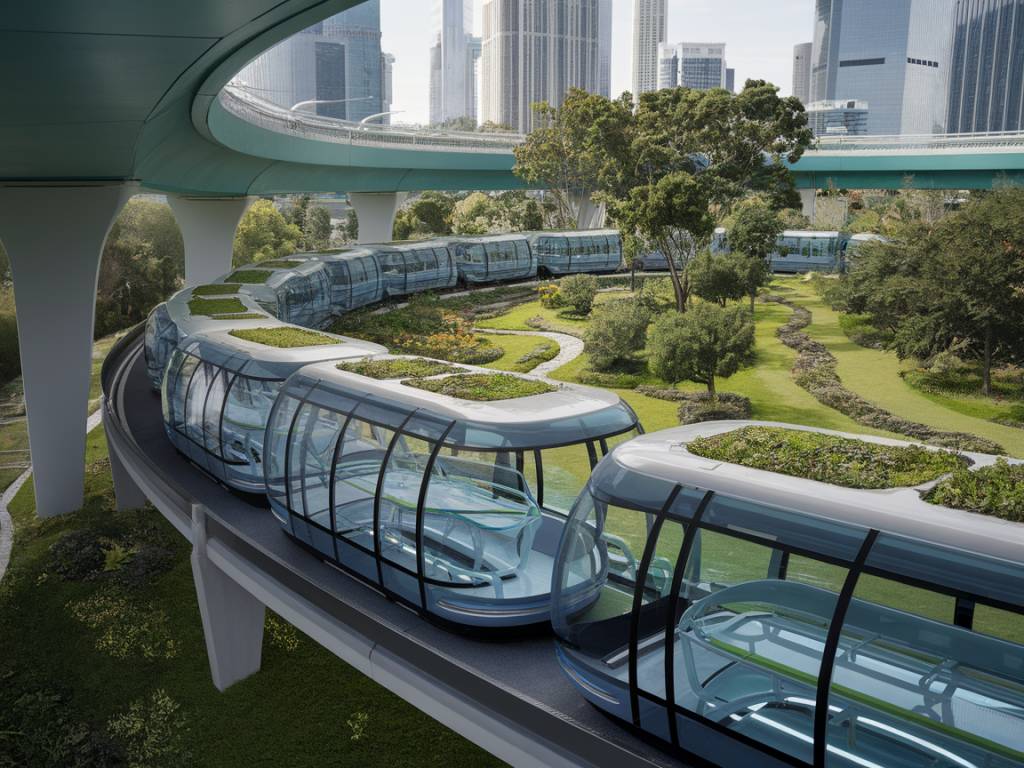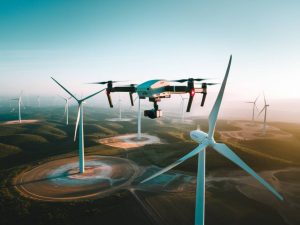Rethinking Public Transportation for a Greener Future
The future of eco-friendly public transportation is no longer a far-off vision—it’s happening right now. From cutting-edge technology to innovative design choices, cities around the world are embracing sustainable solutions to reduce emissions and promote cleaner, smarter urban mobility. But what exactly makes public transportation « eco-friendly, » and what challenges lie ahead in scaling these solutions? Let’s dive in and explore the exciting possibilities shaping the way we move.
What Makes Public Transportation Eco-Friendly?
Eco-friendly public transportation focuses on reducing greenhouse gas emissions, energy consumption, and dependency on fossil fuels. It’s all about creating systems that not only move people efficiently but also minimize harm to our planet. Key elements include:
- Electrification: Transitioning from diesel or gas-powered vehicles to electric buses and trains powered by renewable energy sources.
- Shared Mobility: Encouraging pooling systems like trams, buses, and trains to reduce single-occupancy vehicle usage.
- Energy Efficiency: Investing in lightweight materials, regenerative braking, and smart technologies to optimize energy use.
- Improved Urban Planning: Enhancing bike lanes, pedestrian paths, and public transport networks to encourage low-carbon commuting alternatives.
Efficiency isn’t just about technology—it’s also about how we combine these solutions into seamless, accessible systems that people love (or at least don’t dread) to use.
The Rise of Electric and Hybrid Buses
One of the most promising advancements in green public transportation is the adoption of electric and hybrid buses. Cities like Shenzhen, China, have fully electrified their bus fleets, a move that reportedly eliminates over 1.35 million tons of carbon dioxide emissions annually. Many other cities, including Amsterdam and Los Angeles, are following suit, leveraging government incentives and public demand to expand their electric bus fleets.
But why are electric buses such a game-changer? Not only are they cleaner, but they’re also quieter, leading to reduced noise pollution in urban centers. Imagine walking down a bustling city street without the constant roar of diesel engines—sounds like a dream, right?
Hybrid buses, on the other hand, provide an excellent middle step for cities that are not yet ready to go fully electric. They combine traditional internal combustion engines with electric motors, reducing fuel consumption and emissions while providing operational flexibility.
Magnetic Levitation and High-Speed Rail: The Next Frontier
When it comes to inter-city transportation, high-speed rail, particularly magnetic levitation (maglev) trains, promises to revolutionize how we travel sustainably. These « floating » trains use magnets to eliminate friction, allowing for incredible speeds while consuming less energy than airplanes or cars. Japan’s Chuo Shinkansen maglev line, for instance, is expected to cut travel time between Tokyo and Nagoya by 50%, all while being powered by renewable energy sources.
Why does this matter? High-speed rail systems fill the gap between regional and long-distance travel, offering a low-carbon alternative to short-haul flights. With innovations like these, could we one day say goodbye to cramped airplane seats altogether?
The Role of AI and IoT in Public Transport
Technology is reshaping the future of transportation in ways we couldn’t imagine just a decade ago. Artificial Intelligence (AI) and the Internet of Things (IoT) are playing integral roles in optimizing public transit systems. Picture this: smart buses that adjust routes in real-time based on traffic patterns, or subway systems that can predict peak usage and add extra trains automatically. These examples aren’t science fiction—they’re becoming reality in cities like Singapore and London.
With AI-driven tools, transit systems can reduce energy consumption, cut waiting times, and improve rider experience. And let’s not forget IoT, which helps maintain vehicles by predicting maintenance needs before breakdowns occur—pretty amazing, right?
Bike and Scooter-Sharing: Micromobility on the Rise
Not all sustainable transportation needs to come with a hefty price tag or futuristic tech. Micromobility solutions like bike and scooter-sharing programs are transforming the « last-mile » problem for urban commuters. Platforms like Lime, Vélib’, and Bird have exploded in popularity, providing eco-friendly alternatives for short-distance travel.
The impact of micromobility goes beyond reduced emissions. It also contributes to healthier lifestyles and helps decongest crowded urban areas. Plus, they’re just fun to use! Who wouldn’t want to zip through the streets on a bright green scooter?
Challenges to Overcome
While the future of eco-friendly public transportation is bright, it’s not without its hurdles. The transition to greener systems involves significant upfront costs—both for infrastructure and vehicle production. Additionally, rural areas often get left behind in the push for urban transformation, raising concerns about equitable access to sustainable solutions.
Other challenges include public buy-in and behavioral shifts. No matter how efficient and eco-friendly a transit system is, it will remain underutilized if people refuse to ditch their personal cars. Education, incentives, and well-designed systems are key to overcoming these obstacles.
How You Can Play a Role
You might be wondering, « This all sounds great, but what can I do as an individual to support eco-friendly public transportation? » Here are a few tips:
- Advocate: Support policies and funding initiatives that promote sustainable transit projects in your community.
- Choose Wisely: Whenever possible, opt for buses, trains, or micromobility options instead of driving alone.
- Educate Yourself: Stay informed about new technologies and urban initiatives related to green transportation.
- Encourage Others: Share your knowledge with others to inspire collective action.
Change starts with small decisions—and those decisions can add up to a significant impact over time.
The Road (and Rails) Ahead
The future of public transportation is not just about getting from Point A to Point B—it’s about doing so in a way that aligns with our collective responsibility to protect the planet. From electrification and AI-driven solutions to bike-sharing and beyond, the possibilities are boundless.
As we move forward, one thing is clear: eco-friendly public transportation isn’t just a trend—it’s a necessity. Let’s embrace these innovations and keep riding toward a greener, more connected future.






More Stories
How wearable tech is promoting energy-conscious lifestyles
The intersection of blockchain and renewable energy markets
Circular economy and wastewater reuse: a winning combination